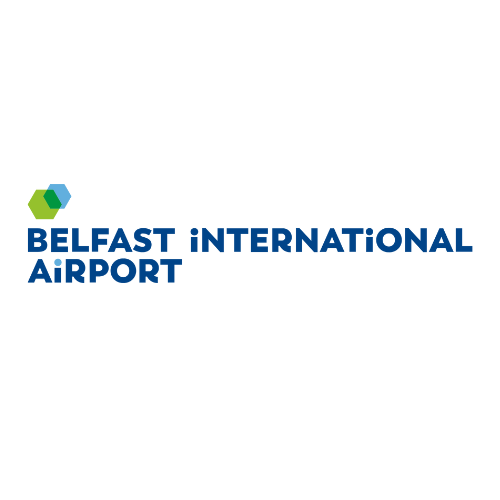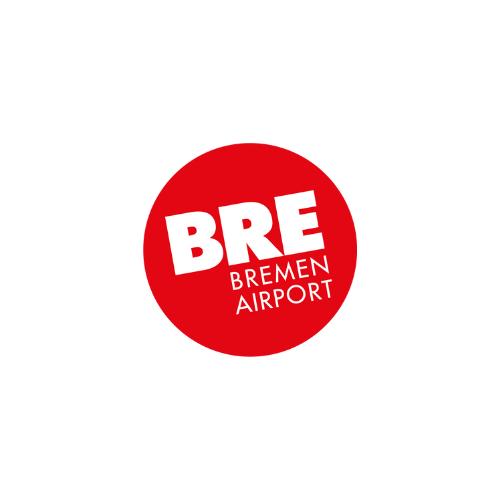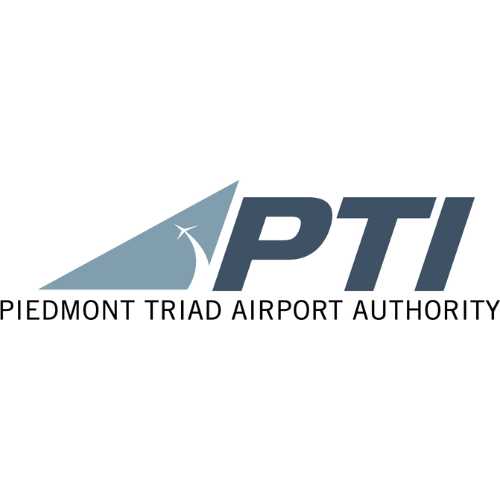Things have never looked better for the passenger experience at airports. But there’s still a lot of work to be done for it to reach its full, most stress-free potential. Airlines have already been investing in customer experience (CX) technology for a significant number of years. Back in 2013, a study revealed that 40% of airlines considered passenger experience to be top three in their list of priorities, ahead of increasing revenue. In many cases this left airports struggling to offer a digital customer experience that met the expectations of consumers familiar with the more retail-driven methods of airlines and tour operators.
It may have been difficult in the past to imagine the kind of win-win scenario in which the airport generates new income and the passenger benefits. However, with ecommerce technology, airports can become happier and more profitable. Now, thanks to advances in specialist sales, analytics and marketing tools and greater awareness of the importance of a positive passenger experience, priorities are shifting.
As consumers shop across a wide range of channels and devices, a seamless, consistent customer experience has fast become central to success. People no longer base their brand loyalty on price or product. A whopping 86% of consumers are willing to pay more for a great customer experience, 49% have made impulse purchases after receiving a personalised experience and research from Walker found that by the end of 2020, CX will overtake both product and price as the key brand differentiator.
The important thing for airports is to understand where ecommerce opportunities lie, how to effectively engage and support passengers and which CX technology will yield the best results both in terms of profit and customer satisfaction.
The flight countdown
One of the beautiful things about airport ecommerce is that the benefits begin before the trip has even started – and even before the passenger has reached the airport. Airport ecommerce makes it possible to capture previously unattainable ancillary income from pre-book services such as flights, hotels, parking and other add-ons like lounge and travel products. This in turn makes for a less stressful, more enjoyable experience for passengers in the lead-up to their departure.
For most travellers, the countdown will begin three or four months before their trip, though some people may leave less than two months between booking and travelling. There are obvious opportunities to sell extras during the checkout process, but the key time to boost revenue from ancillary products and services is actually during the two months prior to departure.
During these months, passengers will be looking to finalise their travel arrangements. This includes planning for a stress-free journey to the airport. Customers will be looking to book parking and to invest in extras such as security fast track, lounge and other non-aeronautical products.
This countdown phase commences as soon as the booking is made. But the passenger experience actually begins earlier than this – as soon as the customer begins researching their holiday online.
Active evaluation
Before a potential customer has even found your airport’s website, a good customer acquisition strategy will help them find what they need. Ensure that your airport website is the first thing that comes up based on their research activity. Obviously search engine optimisation is important at this stage, but so are social media, PPC and display advertising. One of the most powerful ways to acquire customers is through programmatic advertising. This allows you to drive quality new traffic to your site with dynamic display ads, which harness the power of customer data and purchasing intent to deliver relevant messages to potential customers at the right times.
During this research phase, customers will be looking to identify different options and to compare these to see which best fulfils their travel requirements. Your ecommerce solution should be easily discoverable on your airport site with clear calls to action and search widgets making it easy for customers to search and research available products. Once a prospective customer has clicked on your site, it’s essential that the information they are looking for is as easy to find as possible. Research suggests that website visitors have an average attention span of only 8 seconds, so there is very little time to make an impression.
It’s also vital that your ecommerce platform is 100% focused on conversion optimisation. It should be absolutely clear to the customer what you want them to do. Take advantage of tools that encourage the passenger to complete their booking, and develop and abandonment strategy to bring people back to your site if they leave without completing the transaction.
You can use email marketing tools to set up an automated cart recovery workflow, bringing customers back on board and increasing conversions. When preparing these campaigns it’s important to understand why customers might abandon their travel booking: 39% are still researching, 37% are comparing prices, 21% want to compare notes with other travellers and 13% find the booking overly long and complicated.
Addressing customer pain points at the airport
Once you’ve effectively engaged with your potential customer, it’s time to start creating a positive passenger experience that will last long after they’ve left the airport on their journey home. This is the thing that will help them to get the most from their holiday whilst building a sense of loyalty and even advocacy towards the airport that is making their lives easier.
According to research, the most stressful part of travel is actually the planning. 67% of respondents to one survey said they’ve been stressed out by information overload, and 48% think that a ready-made itinerary would alleviate stress. Another study revealed that a third of passengers find the airport experience more stressful than the working week, with issues such as wayfinding, rushing to make the plane, losing a vital travel document and a potentially crowded, noisy environment causing the most worries. For persons with reduced mobility, the problems presented by air travel are much more significant.
This flags up the fact that there are many opportunities to support air passengers. Improving customer experience provides people with a greater sense of control over travel arrangements and can greatly alleviate stress.
The more information you can provide upfront, and the more visualisation you can offer in terms of things like car park maps, terminal wayfinding and even augmented/virtual reality tours, the more relaxed the passenger will feel. You can also improve the passenger experience by making sure that the experience across channels is seamless – deliver on the promises in your digital campaigns and messaging with a world-class experience in the terminal.
Rezcomm’s analytics and reporting features can help with operational efficiency. Our machine learning capabilities can inform in real time and predict peak demand so you can manage airport resources efficiently. This means a shorter waiting time at security, check in and baggage collection and more time for passengers to relax and enjoy the airport concessions.
Easier, more personal travel
The right ecommerce solution provides customers with a personalised shopping experience based on individual purchase behaviour. This can be achieved with a more dynamic version of the traditional up and cross-sell process, which can intelligently identify what each customer is likely to need based on what they have already bought. For instance, someone who has just booked a flight can be offered airport parking.
Closer to the trip you can use email reminders to encourage passengers to pre-book other online products, or to support offline spend with offers promoting airport retailers and food and beverage concessions. These opportunities to increase customer value also present a chance to offer a better, more convenient customer experience and reduce stress levels. This is the core principle of the personalised customer experience, which is central to the process of developing customer relations and brand advocacy through ecommerce.
The CRM capabilities in your Rezcomm tools make it easy to gain a holistic customer view. Customer profiling and segmentation allows you to offer relevant, targeted messaging so the customer receives information that truly adds value.
The return home
Once the customer has returned from their trip you can continue to build the relationship with them. Gather feedback to further refine the passenger experience. Target customers on an ongoing basis with special offers and suggestions for their next holiday, helping them to skip the stress of the active evaluation phase and increasing the chances of them booking with your airport time and time again.
In 2014 the global travel market was worth an estimated $1.3 trillion, with emerging markets growing twice as fast as Europe and North America. In 2017 it was worth $5.29 trillion. This growth has been driven by the ecommerce revolution and an increase in mobile commerce. It’s no coincidence that airports are reporting significant growth in their ecommerce channels.
Rezcomm offers the all-in-one airport ecommerce and CRM solutions that make this win-win situation possible. Our world-first combined omnichannel platform for airport sales, marketing and customer-centric analytics can help you build your airport’s long-term growth. We already partner with airports that serve a quarter of a billion passengers worldwide. If you want to ask the experts about developing ancillary revenue and optimising customer relations for your airports, contact us for a chat today.




























